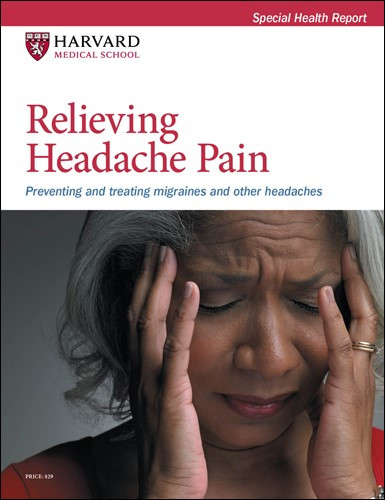Green light therapy for migraines?
Sensitivity to light is a common feature of migraine headaches, which is one reason sufferers often seek out dark rooms during attacks. But is there any way of using light to ease your migraine pain and ward off headaches? There might be, if it’s the right kind of light.
Neuroscientist Rami Burstein at Harvard Medical School began examining the effect of different wavelengths on migraine pain after discovering that blue light worsened the pain in many sufferers who were blind. The light was apparently stimulating receptors in the retina, the light-sensing part of the eye. Although signals did not travel from there to the brain’s visual cortex, they did travel to the thalamus, the brain’s relay station for incoming sensory information.
Burstein wondered if blocking blue light could help alleviate migraines for a larger group of sufferers. In a study of 41 sighted people with migraines, he discovered that all bands of light except a narrow band of green light worsened migraine pain. More surprising, he found that this green light actually reduced pain in most participants by about 20%. While blue and red light energized the brain, green light calmed it down.
Later research from the University of Arizona confirmed that one to two hours of daily exposure to green light-emitting diodes (LEDs) for 10 weeks reduced average migraine days per month from 7.9 to 2.4 in a small group of people with episodic migraines (fewer than 15 in a month) and from 22.3 to 9.4 among a small group with chronic migraines (15 or more in a month). No adverse side effects were reported.
To date, the studies have been small, and the therapy is still considered experimental. But for people who don’t want to take medication, green light treatment might represent a viable option. The therapy appears to be most effective at night, when you can sit in a darkened room and avoid other wavelengths (in other words, don’t look at your phone, laptop, or TV). Use a lamp or LED strip that provides green light at a wavelength of 520 to 540 nanometers, and position it three to six feet away from you. (Dr. Burstein developed one such device called the Allay Lamp.) Use it one to two hours per day. It can take several weeks to deliver a benefit.













